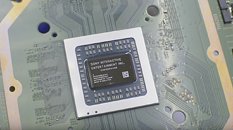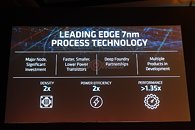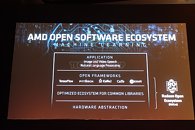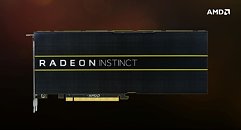
Sony Closely Associated with AMD "Navi" Development
AMD monetizes its GPU IP not just with discrete graphics cards and integrated graphics in its PC processors, but also by selling semi-custom SoCs for most modern game consoles, such as the Xbox One and PlayStation 4, with some of the newer 4K UHD-capable models such as the PlayStation 4 Pro and Xbox One X even leveraging newer graphics architectures by the company, such as "Polaris." 2020 could see the roll out of next-generation gaming consoles, which are more purpose-built for 4K UHD gaming, with visual fidelity matching gaming PCs, and so console manufacturers are looking for a lean and powerful new GPU IP. Sony seems to have made up its mind of sticking with AMD.
AMD will supply a semi-custom SoC to Sony for its next major console, "PlayStation 5." This chip will feature a graphics processor based on the "Navi" architecture, which succeeds "Vega." 2020 could also be the year when the 7 nm silicon fabrication process achieves some maturity and makes up most of the bulk ASIC production nodes. According to Tweaktown, Sony is closely working with AMD for the development of the "Navi" architecture itself, so versions of it are efficient enough to be deployed in console SoCs that are built to a cost. The design goal will be to enable 4K @ 60 Hz gaming, as 4K televisions will have proliferated a lot by 2020.
AMD will supply a semi-custom SoC to Sony for its next major console, "PlayStation 5." This chip will feature a graphics processor based on the "Navi" architecture, which succeeds "Vega." 2020 could also be the year when the 7 nm silicon fabrication process achieves some maturity and makes up most of the bulk ASIC production nodes. According to Tweaktown, Sony is closely working with AMD for the development of the "Navi" architecture itself, so versions of it are efficient enough to be deployed in console SoCs that are built to a cost. The design goal will be to enable 4K @ 60 Hz gaming, as 4K televisions will have proliferated a lot by 2020.












